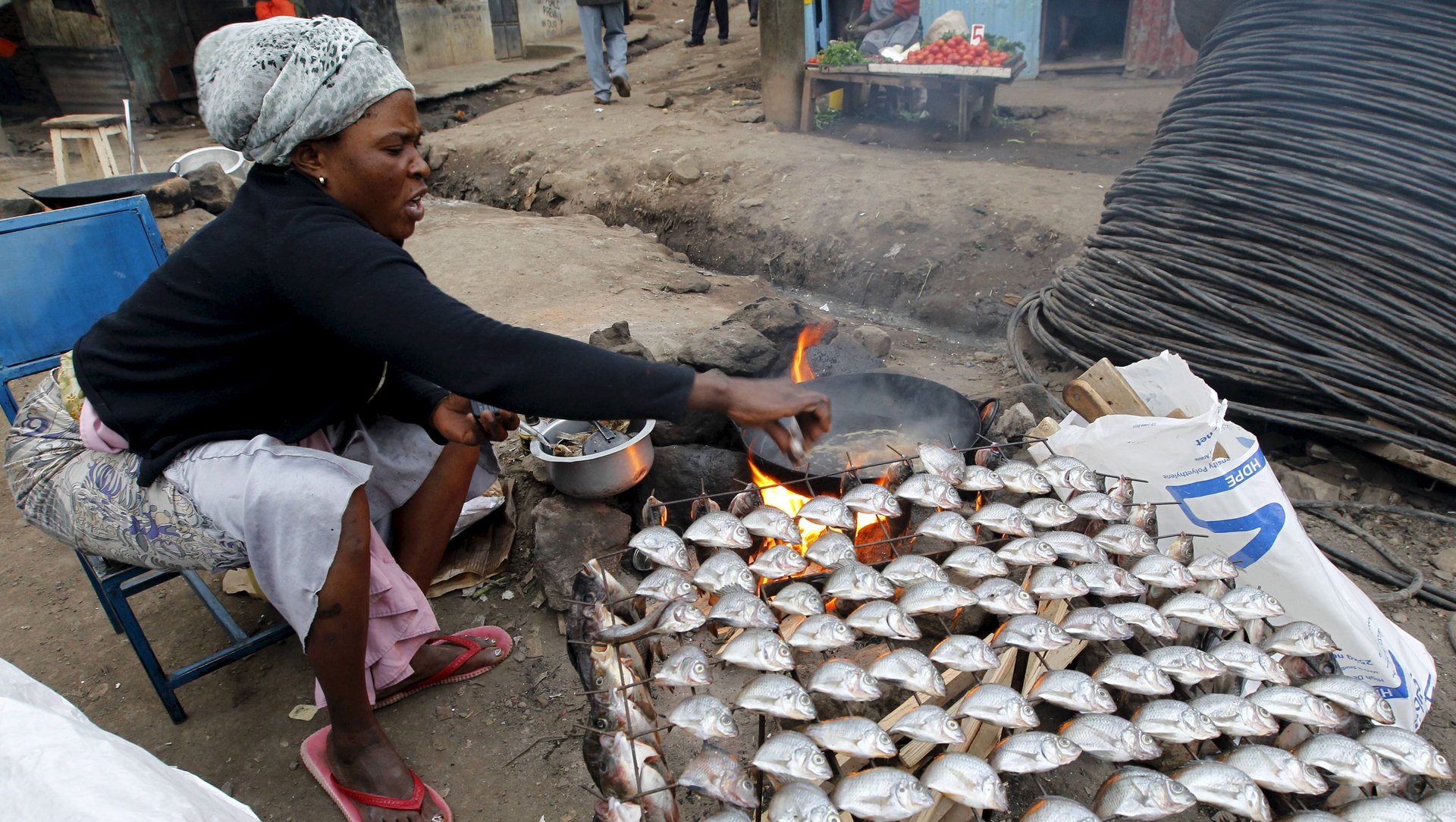Obesity is taking hold in Kenya’s poor urban slums
Africa is experiencing a demographic and nutrition transition. More and more people are moving to urban areas. Slum communities currently constitute about 56% of the urban population in sub-Saharan Africa. That’s more than 200 million people, more than the entire population of Nigeria.


Africa is experiencing a demographic and nutrition transition. More and more people are moving to urban areas. Slum communities currently constitute about 56% of the urban population in sub-Saharan Africa. That’s more than 200 million people, more than the entire population of Nigeria.
Even as under-nutrition or not getting enough calories and nutrients continues to be a problem particularly among the poorest, overweight and obesity are growing challenges in poor urban areas. Being over a healthy weight invites a host of non-communicable diseases.
Recent research suggests that rapid increases in obesity are a result of complex interactions between factors such as people eating higher-calorie diets and engaging in lower levels of physical activity. Genetic and environmental factors also play a role.
Our research set out to establish the relationship between obesity and income levels in poor urban areas.
Previous research has established wealth as a potential risk factor. But there have been questions about exactly what the link is, and whether income and obesity levels are linked even in urban slums where all incomes are very low, yet there is some variation in socio-economic status.
We set out to investigate the relationship further. Our aim was to gain insights that would inform strategies to manage obesity in Kenya’s poor urban areas.
Our research found that there was an association between relatively higher economic status and levels of obesity in a slum setting. The study suggests that obesity levels are higher in the higher economic brackets – and particularly among women.
The research
The study was done in two Nairobi slums, Korogocho and Viwandani. Data was collected between 2014 and 2015. More than 2,000 adults between 40 and 60 years of age were included in the study. Data on weight, height, and basic socio-economic variables were collected by experienced and trained field workers.
We examined the association between a measure of socio-economic status – calculated by combining information on living conditions and household assets – and body mass index which is used as a measure of obesity.
We found that one-fifth of our study population was obese. And nearly six times more women were obese than men—32.2% compared to 5.6%.
We found a strong association between body mass index and socio-economic status. Women higher up the economic ladder were more likely to be overweight. The association was higher for women than for men.
Interventions
The findings support the idea that economic status could potentially be used as a predictor of overweight and obesity in slum settings though this would need further exploration. Such predictors could prove useful for rapid assessments of health and socio-economic status in slum populations.
But policymakers must strike a careful balance. As incomes increase among the very poor, body mass index increases – which is good for those who are underweight. But for those who are already a healthy weight, increasing incomes mean slum dwellers have a higher likelihood of becoming overweight or obese.
Women are particularly at risk. This could mean that much needed socio-economic development in urban slums could also usher in unintended increases in overweight and obesity, putting slum dwellers at increased risk of non-communicable diseases – even as they continue to face threats from communicable diseases common to areas with poor water and sanitation facilities.
Because of this, interventions that aim to improve the socio-economic status of individuals in urban slums should, as a starting point, integrate health promotion programs targeted at the prevention of obesity. Future policies targeting the health of slum populations should prioritize interventions for overweight and obesity among higher income groups, and underweight for the poorest.
Shukri Mohamed, Research officer, African Population and Health Research Center and Tilahun Haregu, Honorary Fellow, University of Melbourne
This article is republished from The Conversation under a Creative Commons license. Read the original article.
Sign up to the Quartz Africa Weekly Brief here for news and analysis on African business, tech and innovation in your inbox